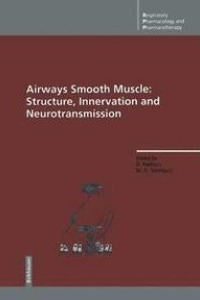
Liknande böcker
Tachykinins
Bok av K. och Holzer Starke
More than 70 years have elapsed since U. S. von Euler and I. H. Gaddum dis- covered an unidentified depressor substance in the brain and gut. The effects of the powdery extracts were marked as 'P' on the kymograph tracings, and the nondescript name of 'substance P' still carries the breath of this adventurous period. In the 1960s, substance P returned in another disguise, staging as a hypothalamic peptide that causes copious salivary secretion (see chapter by F. Lembeck and I. Donnerer). This time, though, the mysterious substance was tracked down by S. E. Leeman and her collaborators as an undecapeptide, after it had eluded its identification for some 40 years. Substance P turned out to be the mammalian counterpart of a family of peptides which had been extracted from amphibian and nonvertebrate species and which had been given the name 'tachykinins' by V. Erspamer. Soon novel members of this peptide family were discovered, and in mammals substance P was joined by neurokinin A and neu- rokinin B. The presence of tachykinins in frog skin as well as in venoms and toxins of microbes and arachnids raises the possibility that these peptides re- present an old system of biological weapons that have been transformed to a particular messenger system in mammals.
3 utgåvor
Välj utgåva
TachykininsEngelska - E-bok
ISBN: 9783642188916
ISBN: 9783642188916
TachykininsEngelska - Inbunden
ISBN: 9783540206903
ISBN: 9783540206903
TachykininsEngelska - Pocket
ISBN: 9783642623424
ISBN: 9783642623424
Visa pris inkl. frakt Inkl. frakt
Tachykinins
4722 kr
Finns i lager
Tachykinins
4722 kr
Finns i lager
Tachykinins
7767 kr
Finns i lager










